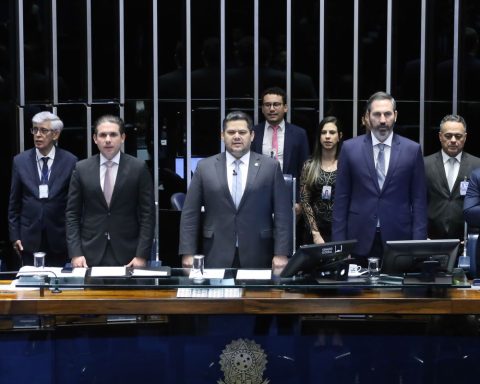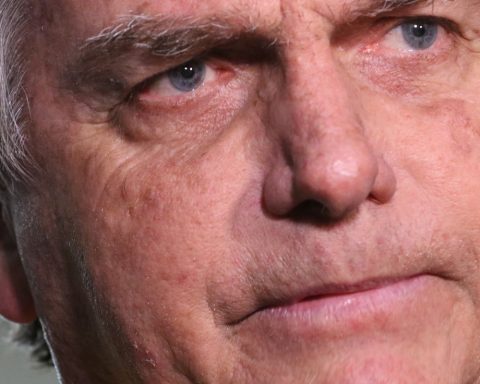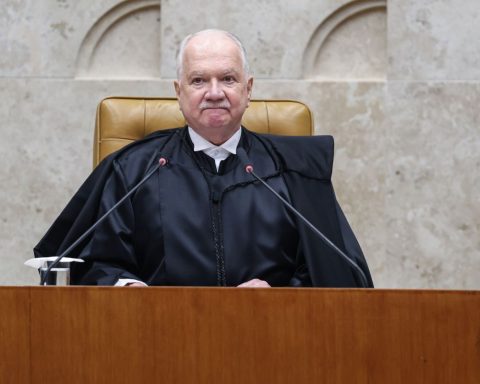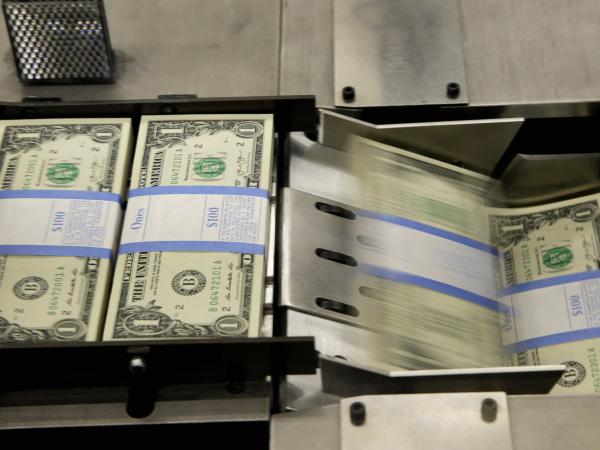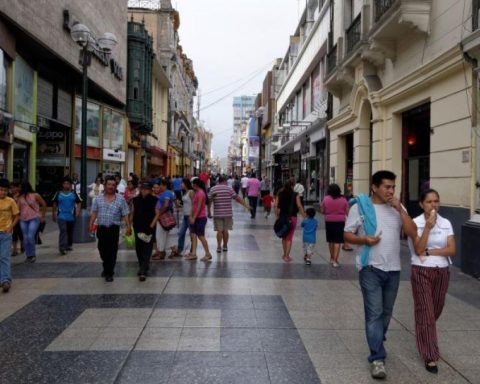The record collection registered in April helped the public accounts, despite the exemptions for fuels, industrialized products and the expenses with Auxílio Brasil. In April, the Central Government – National Treasury, Social Security and Central Bank – registered a primary surplus of R$ 28.553 billion, a record value for the month since the beginning of the historical series, in 1997.
The result came better than expected by financial institutions. According to the Prisma Fiscal survey, released every month by the Ministry of Economy, market analysts had expected a positive result of R$17.3 billion in April.
In relation to April of last year, the primary surplus grew 52.9%, discounting official inflation by the Broad National Consumer Price Index (IPCA). In the first four months of 2022, the Central Government accumulates a positive result of R$ 79.263 billion, also a record value for the first four months, since the beginning of the historical series.
The primary result represents the difference between revenues and expenditures, disregarding interest payments on the public debt. Despite the record surplus at the beginning of the year, the Budget Guidelines Law (LDO) stipulates a primary deficit target of R$ 170.5 billion for this year.
At the end of May, the Bi-Monthly Income and Expenditure Report reduced the deficit estimate to R$ 65.5 billion, but the value taken into account for the fulfillment of the fiscal targets is that of the LDO.
Delay
Scheduled for the last week of May, the Central Government result for April was published two weeks late, due to the National Treasury analysts’ strike. As with several categories of the federal civil service, they are demanding the replacement of inflation in the last four years.
The Ministry of Economy informed that there will be no press conference on the April results. Treasury Secretary Paulo Valle will only speak to the press at the presentation of the May fiscal data, scheduled to take place at the end of June.
atypical collection
The April surplus occurred because revenues grew at a faster pace than expenditures. Last month, net revenues grew 18.7% compared to March last year in nominal terms. Discounting inflation, growth was 5.9% above the Broad Consumer Price Index (IPCA). Total expenses grew 11.6% in nominal values, but fell 0.5% in the same comparison, after discounting inflation.
Last month, two factors drove revenue growth. The first it was the high collection registered in April. Despite the exemptions for fuel and industrialized products, government revenues felt little impact from the measures. The rise in profit from energy and fuel companies contributed to the record collection in April.
The other factor is not related to tax collection, but to the rise in oil on the international market. The recipes with royalties grew R$7.02 billion (+43.6%) above the IPCA in April compared to the same month last year. Currently, the international price per barrel is around US$ 120 due to the war between Russia and Ukraine.
Expenses
On the expenditure side, mandatory expenditures with flow control increased, which rose R$5.43 billion (+43.1%) above inflation in April compared to the same month of 2021. In the year, the increase reaches R$ 19.93 billion (+38.5%) above the IPCA. The increase was driven by the payment of the minimum benefit of R$ 400 from Auxílio Brasil.
On the other hand, spending on federal employees fell 8.2% year-to-date, discounting inflation, reflecting the wage freeze for civil servants that took effect between June 2020 and December 2021. Expenses with Social Security rose 2, 7% above inflation.
Regarding investments (public works and purchase of equipment), the federal government invested BRL 10.506 billion in the first four months of the year, up 58% over the same period in 2021, discounting IPCA inflation.
The rise occurs against a weak basis for comparison. Last year, the Budget was only sanctioned at the end of April, and investments in the first four months were carried out only with outstanding amounts to be paid (amounts authorized in previous years).

